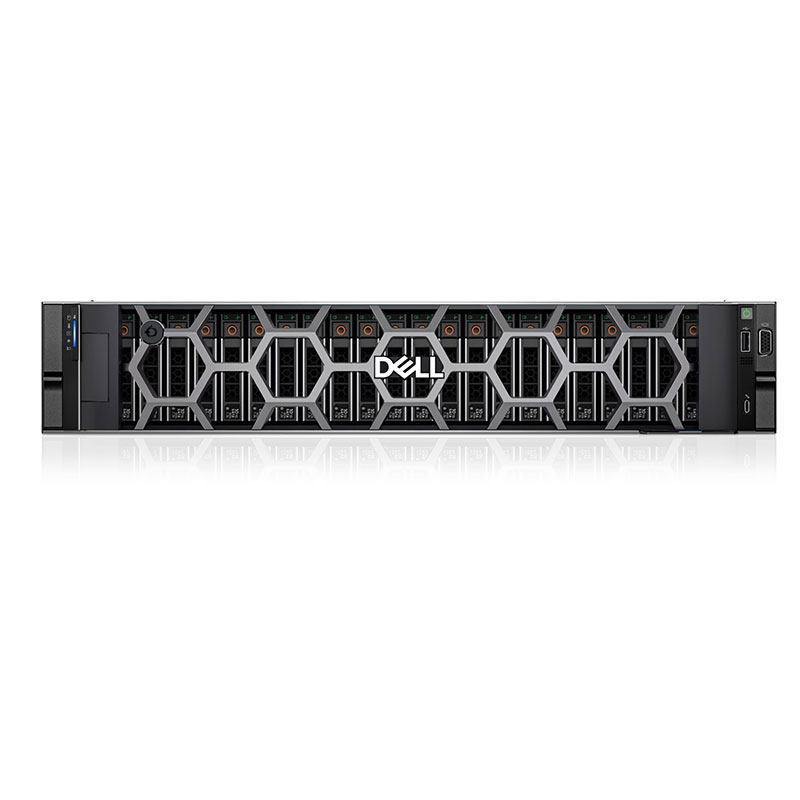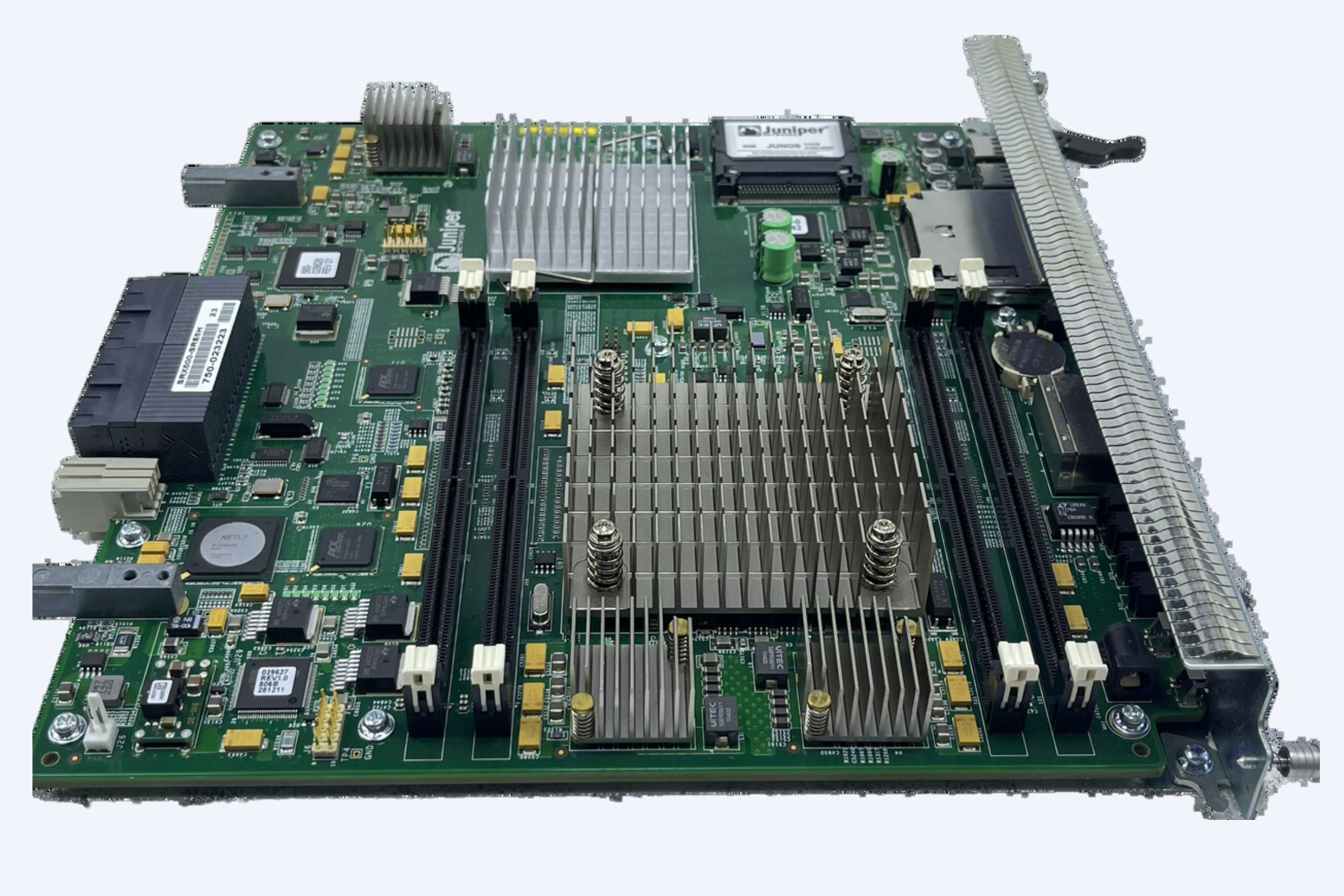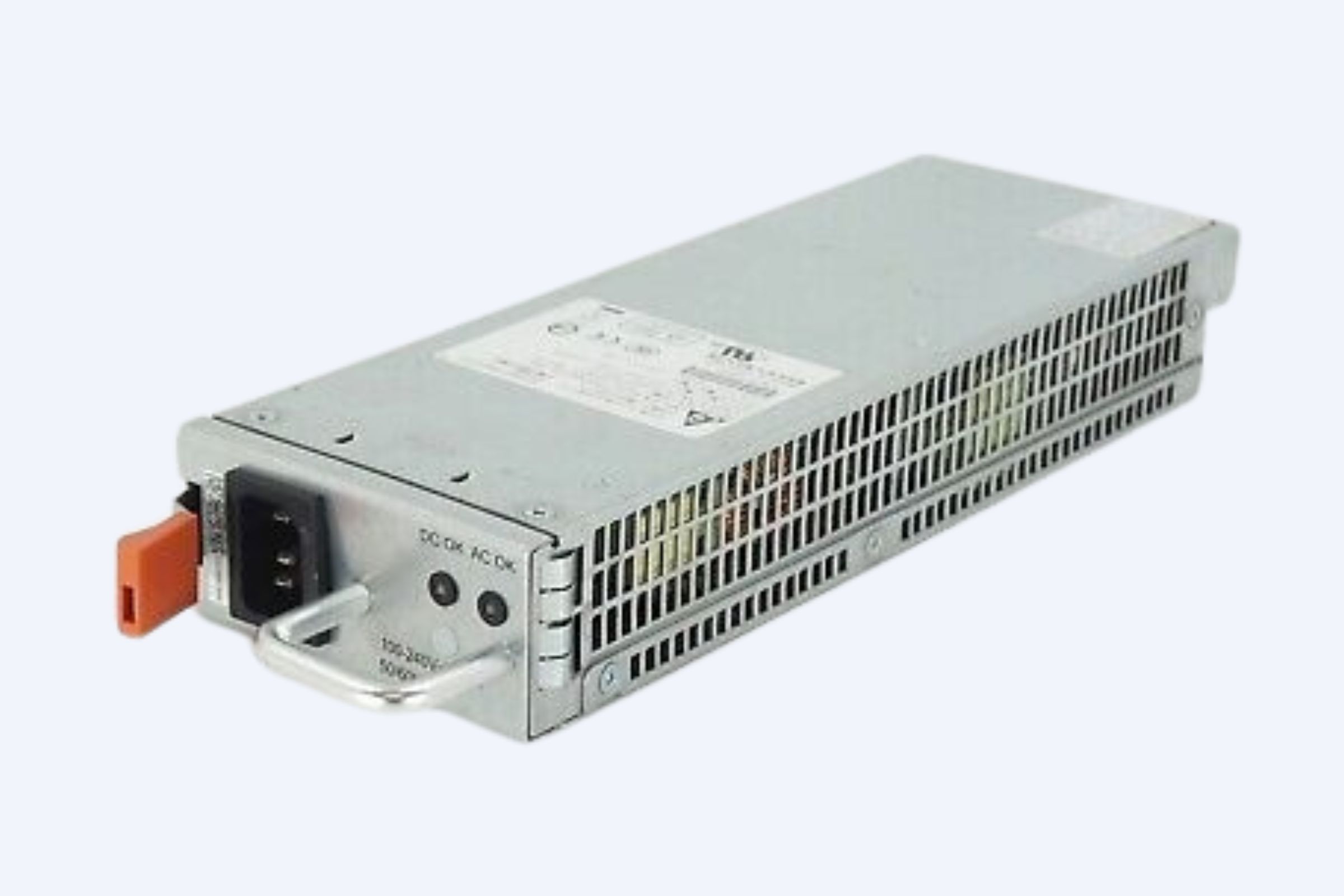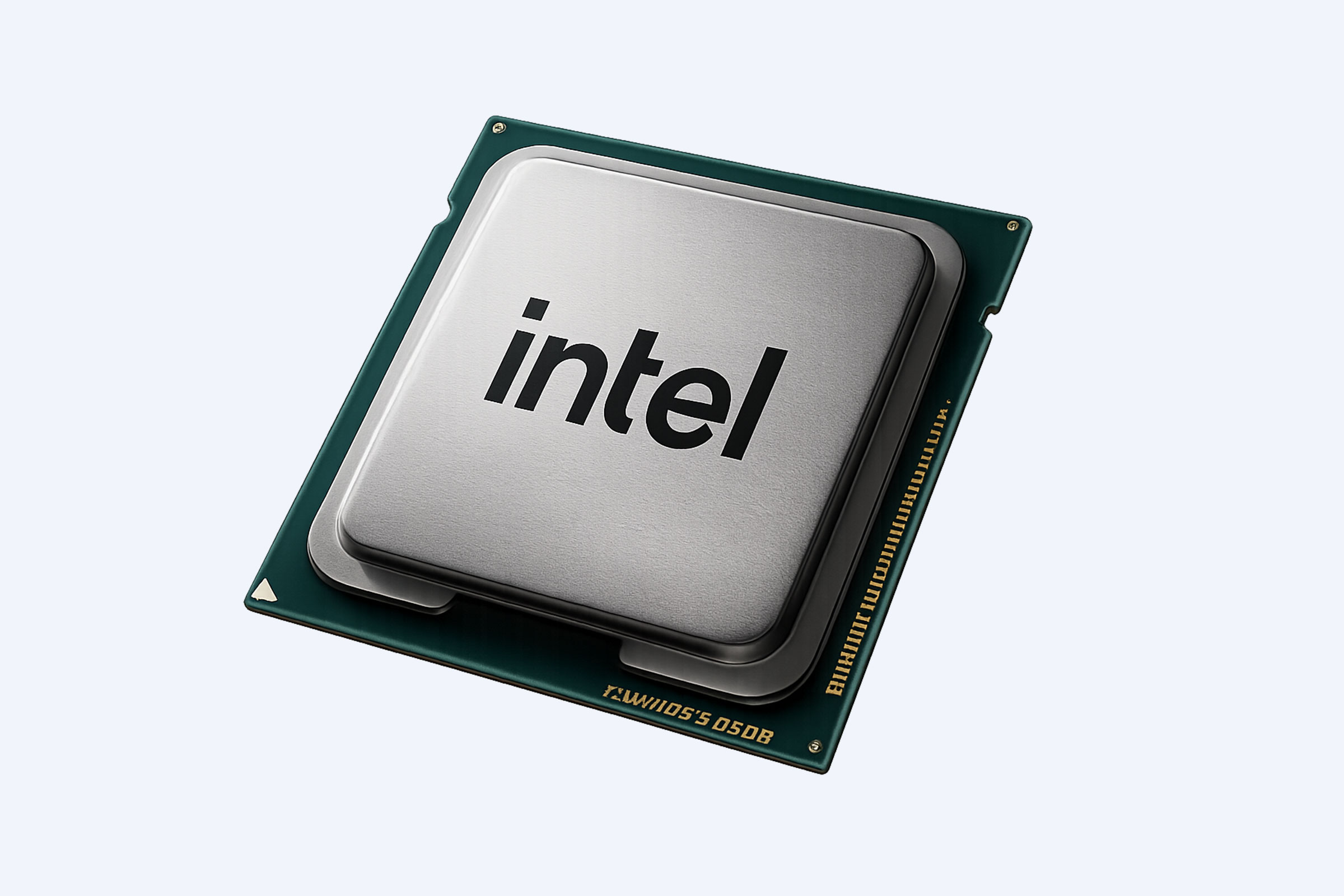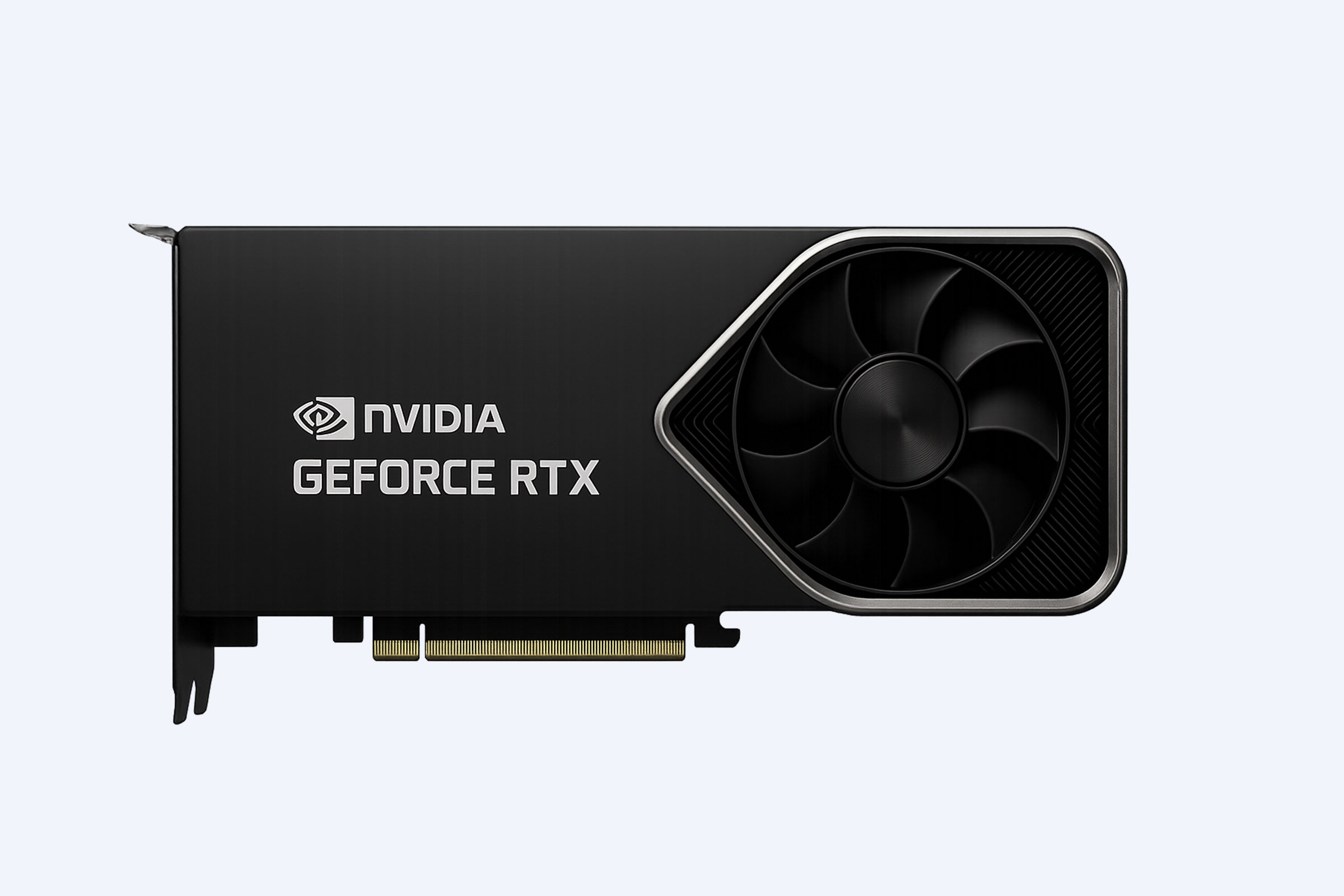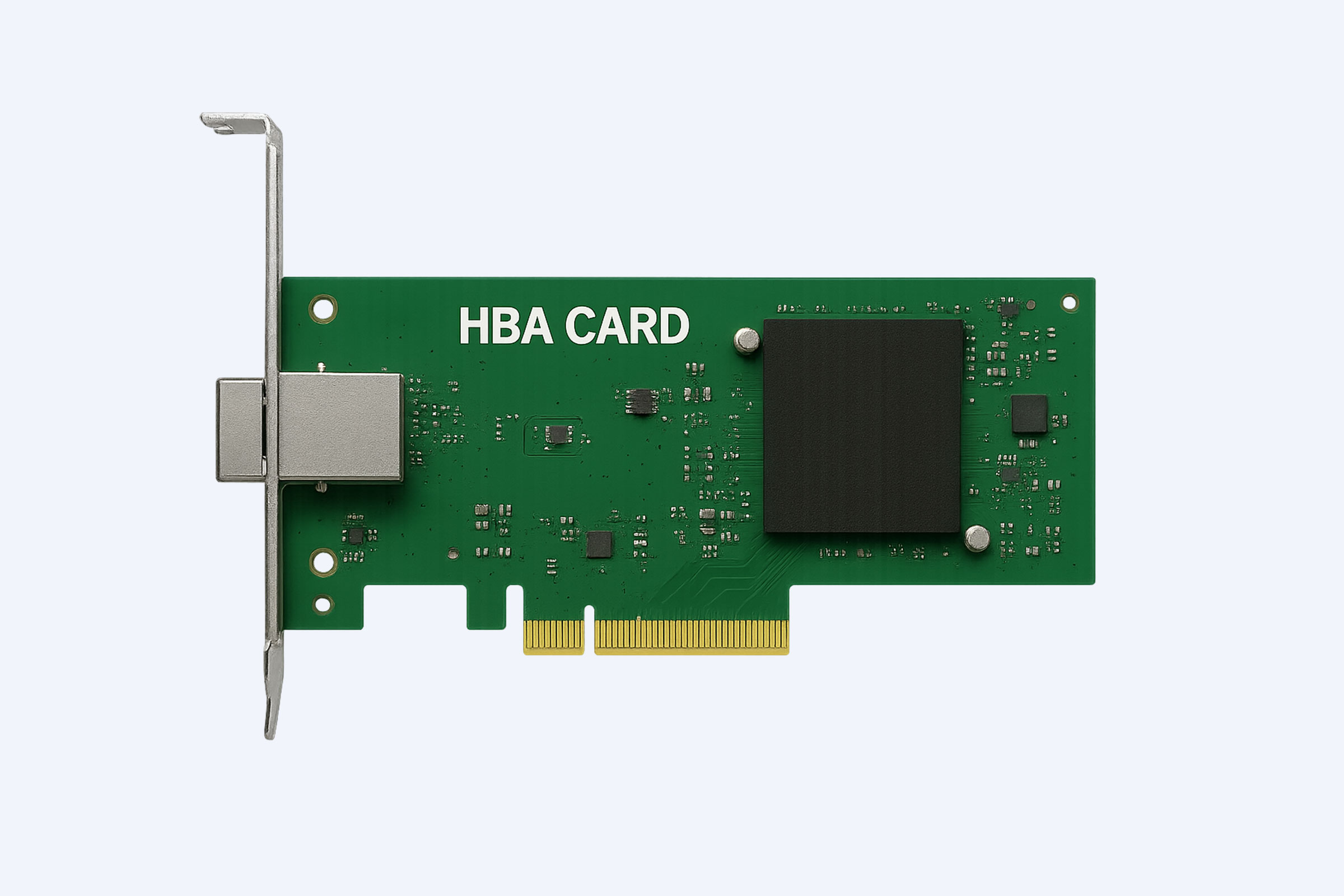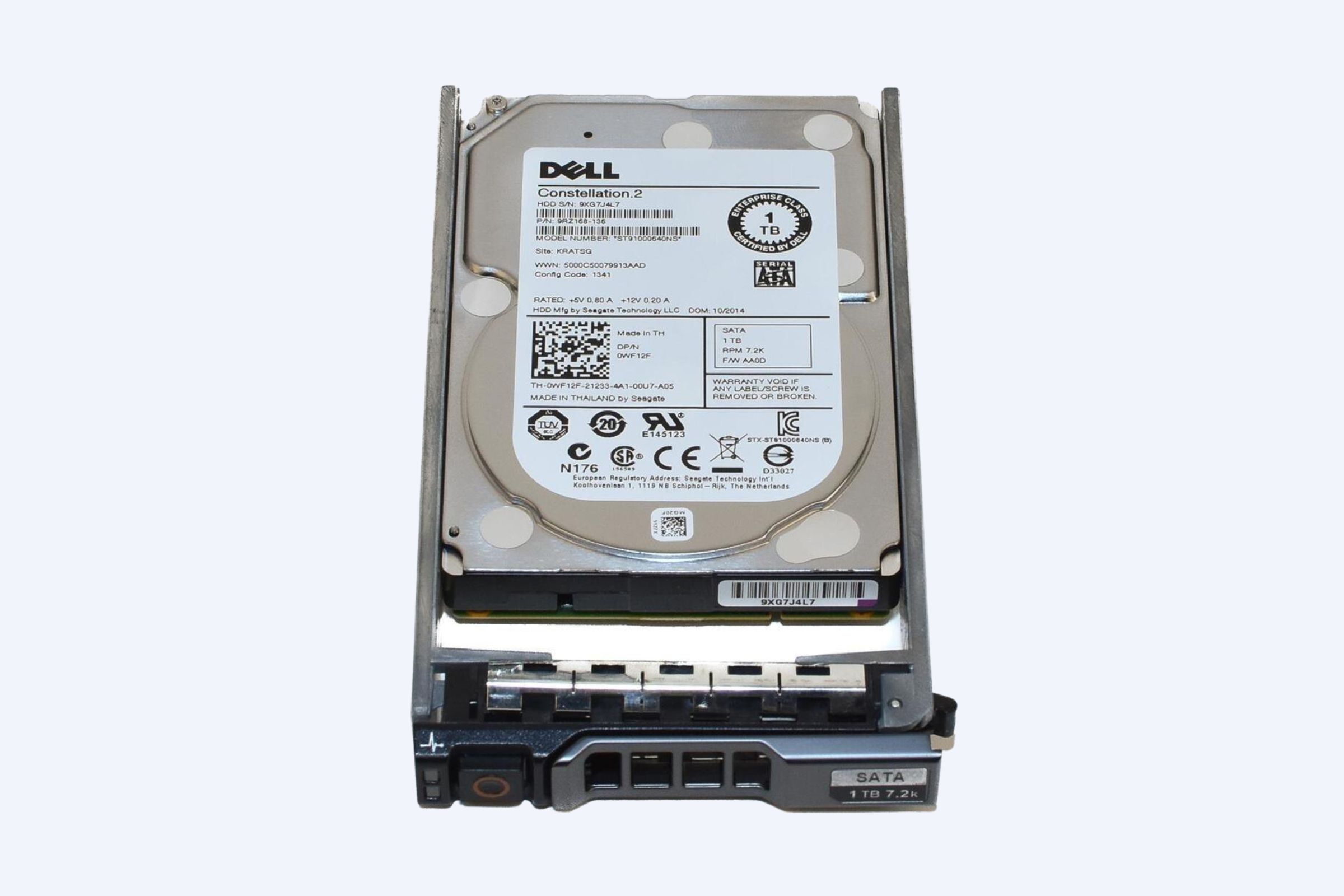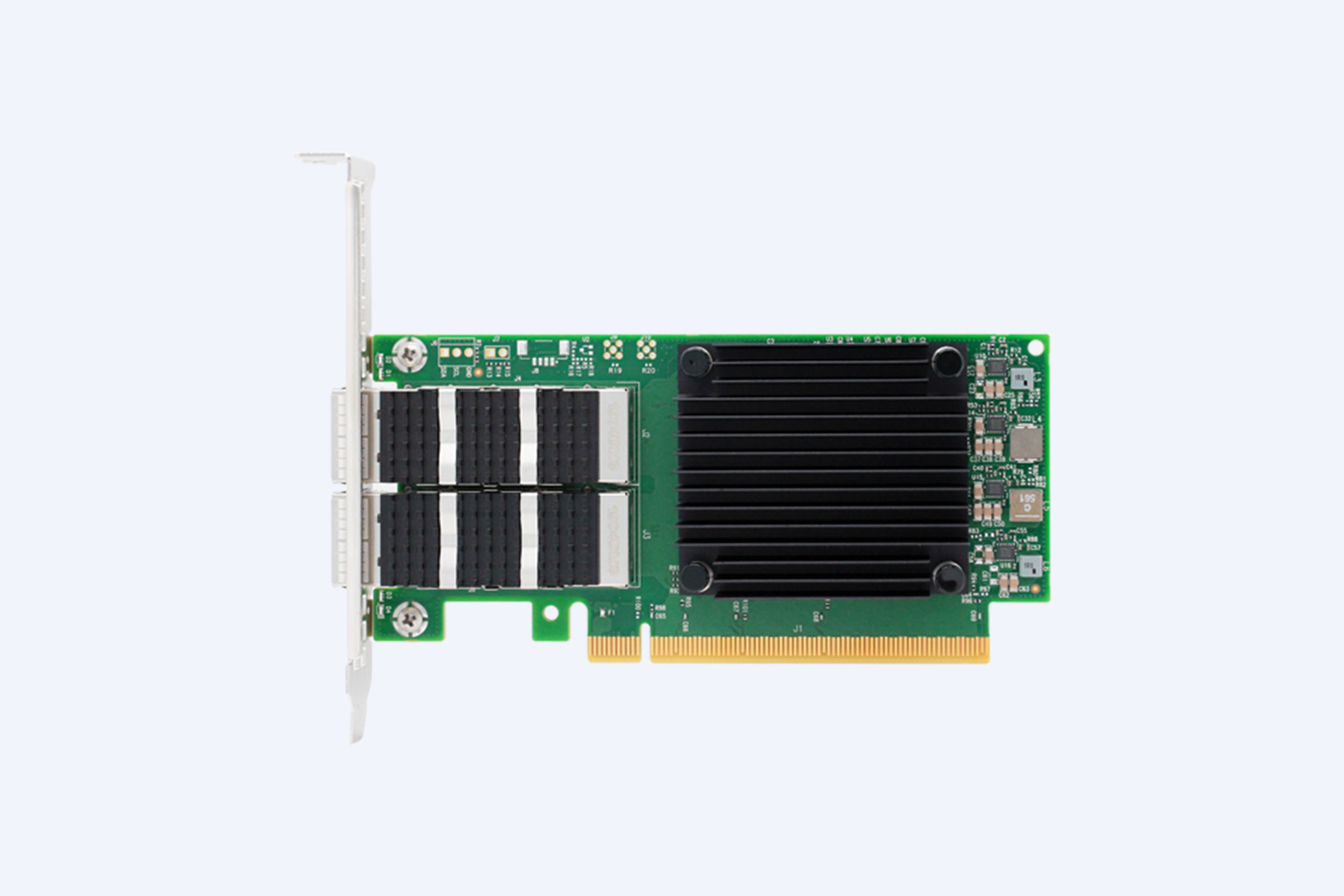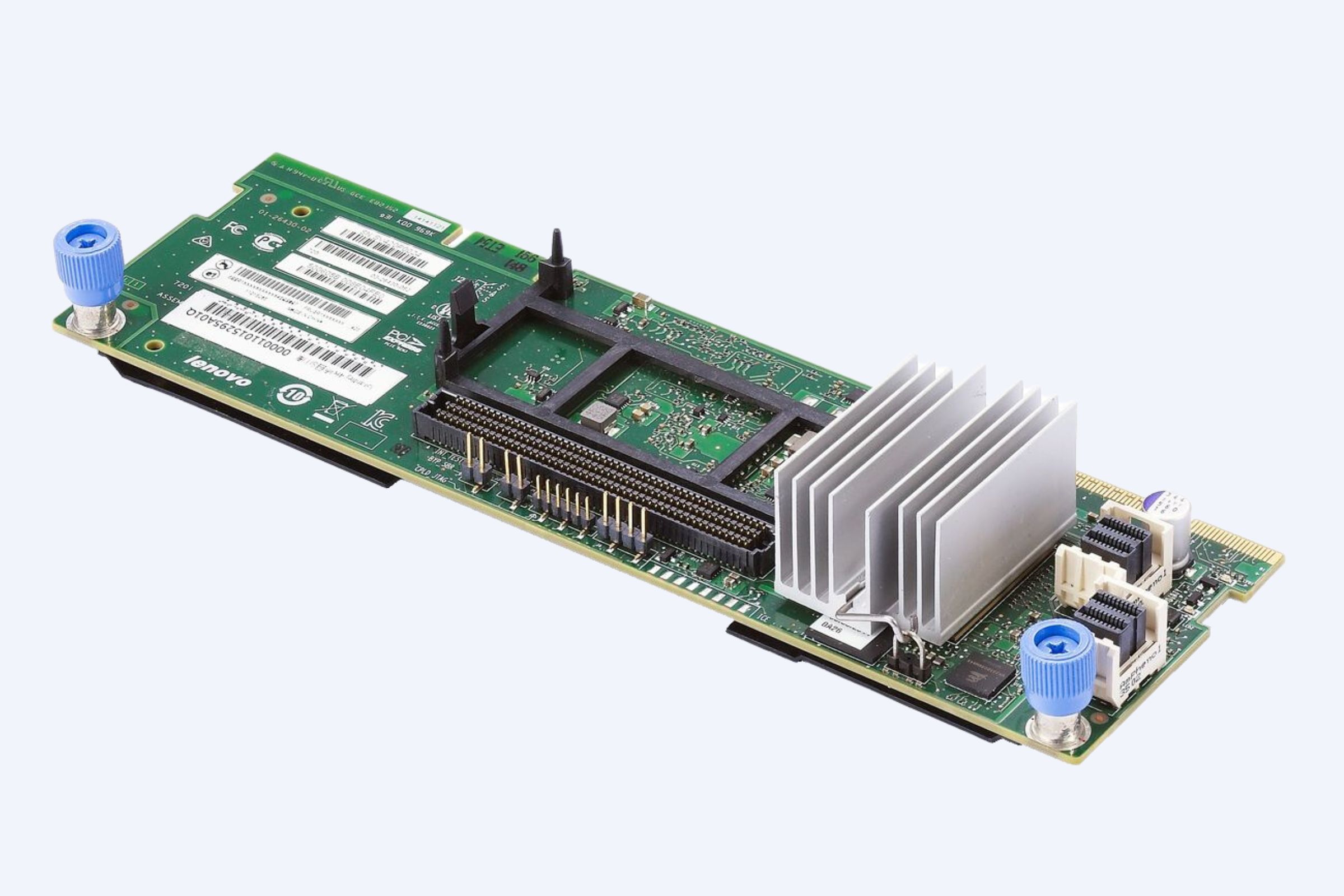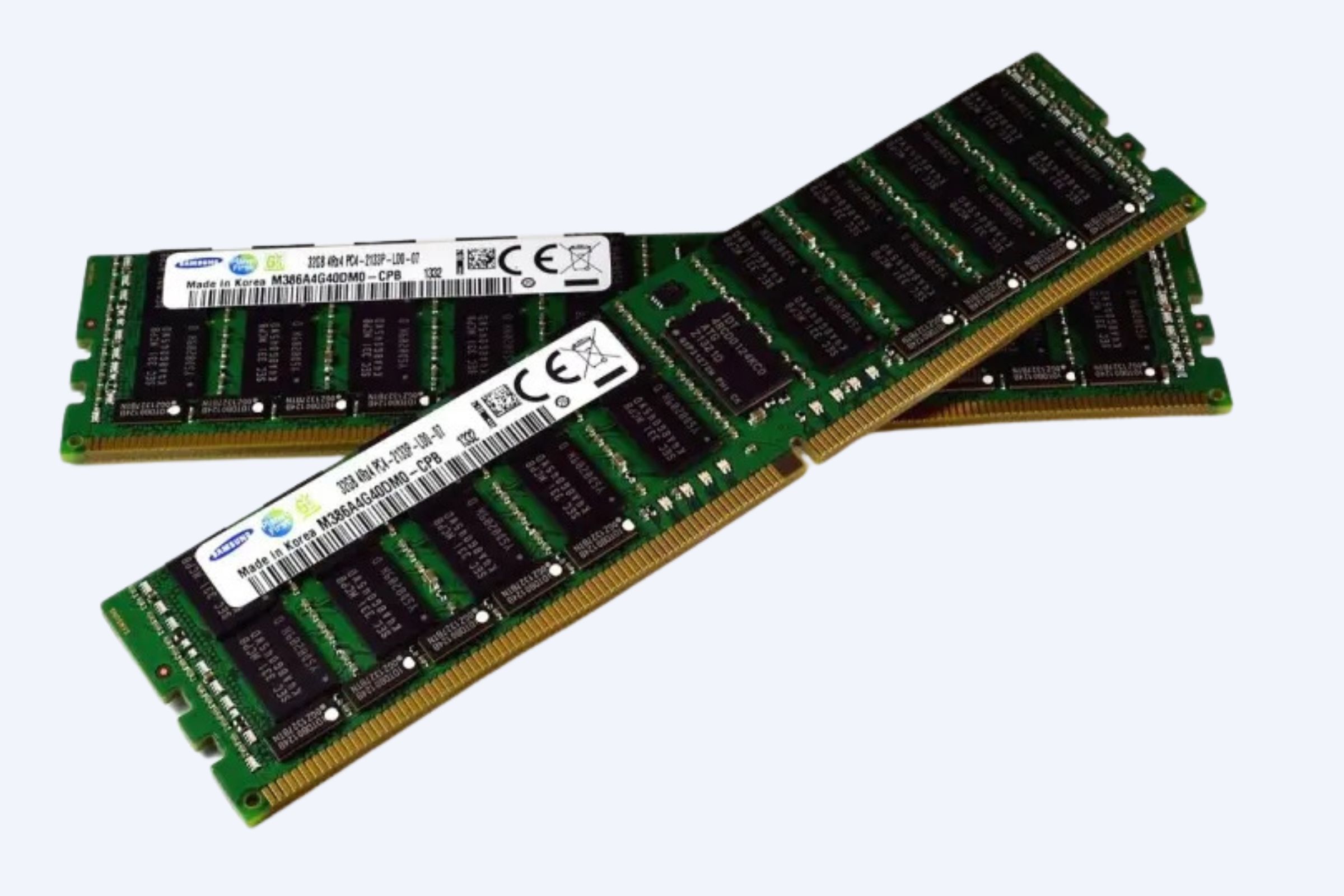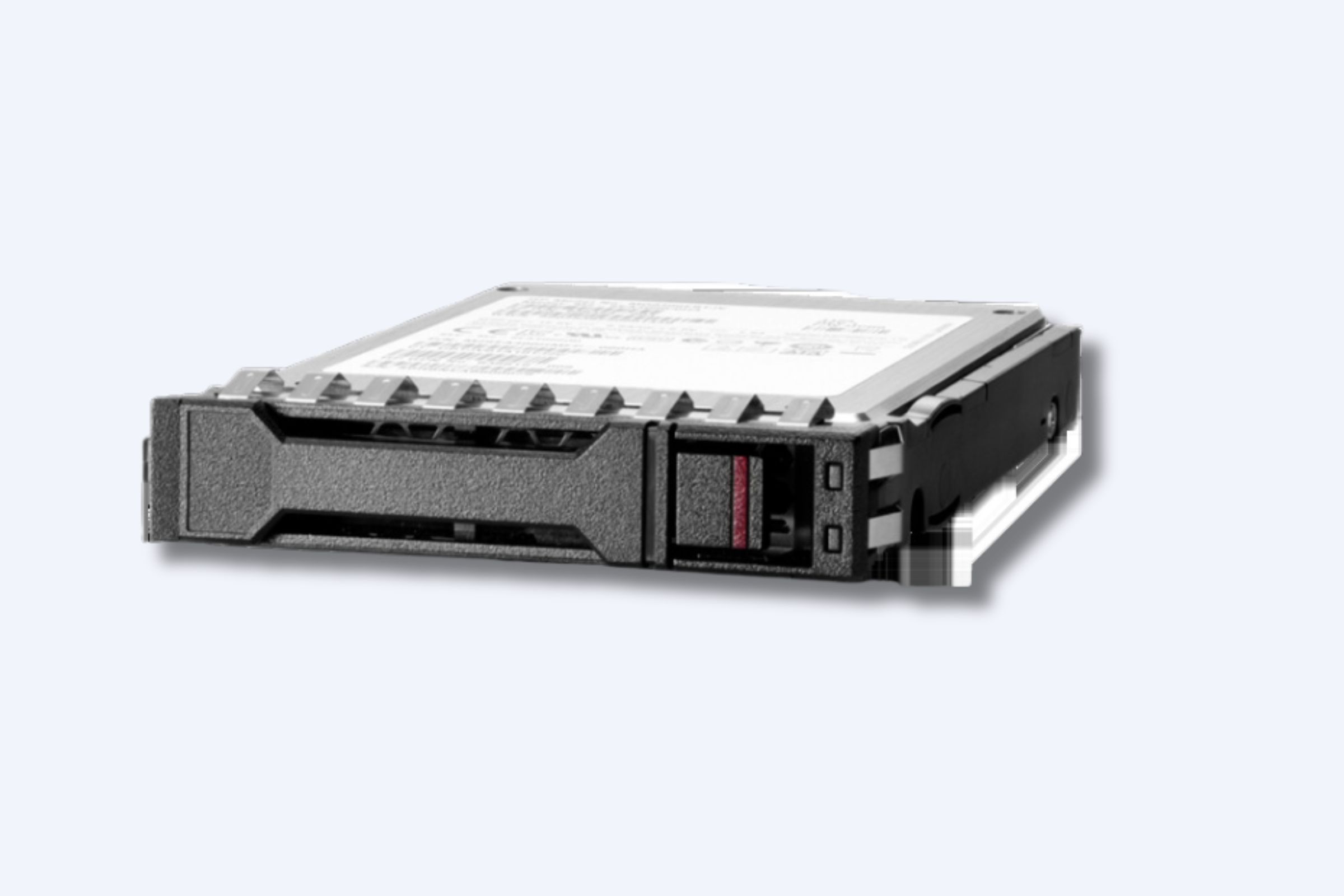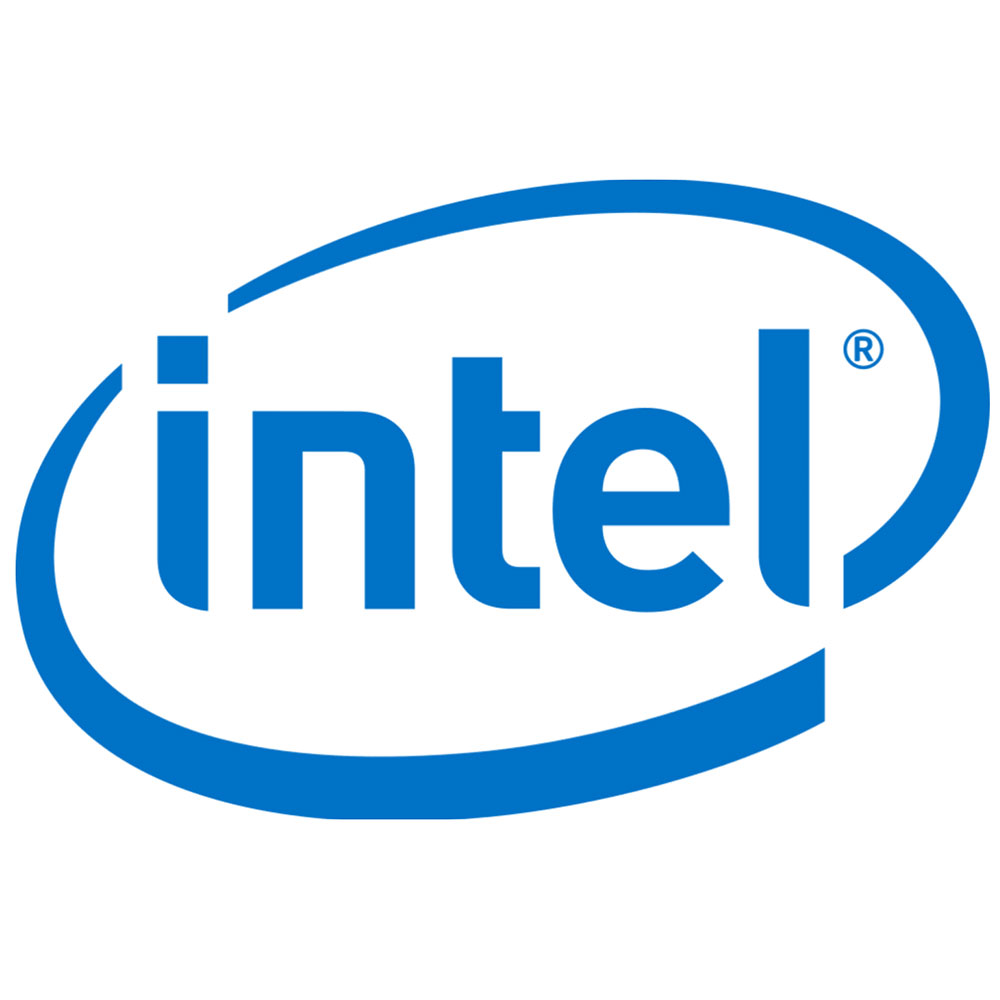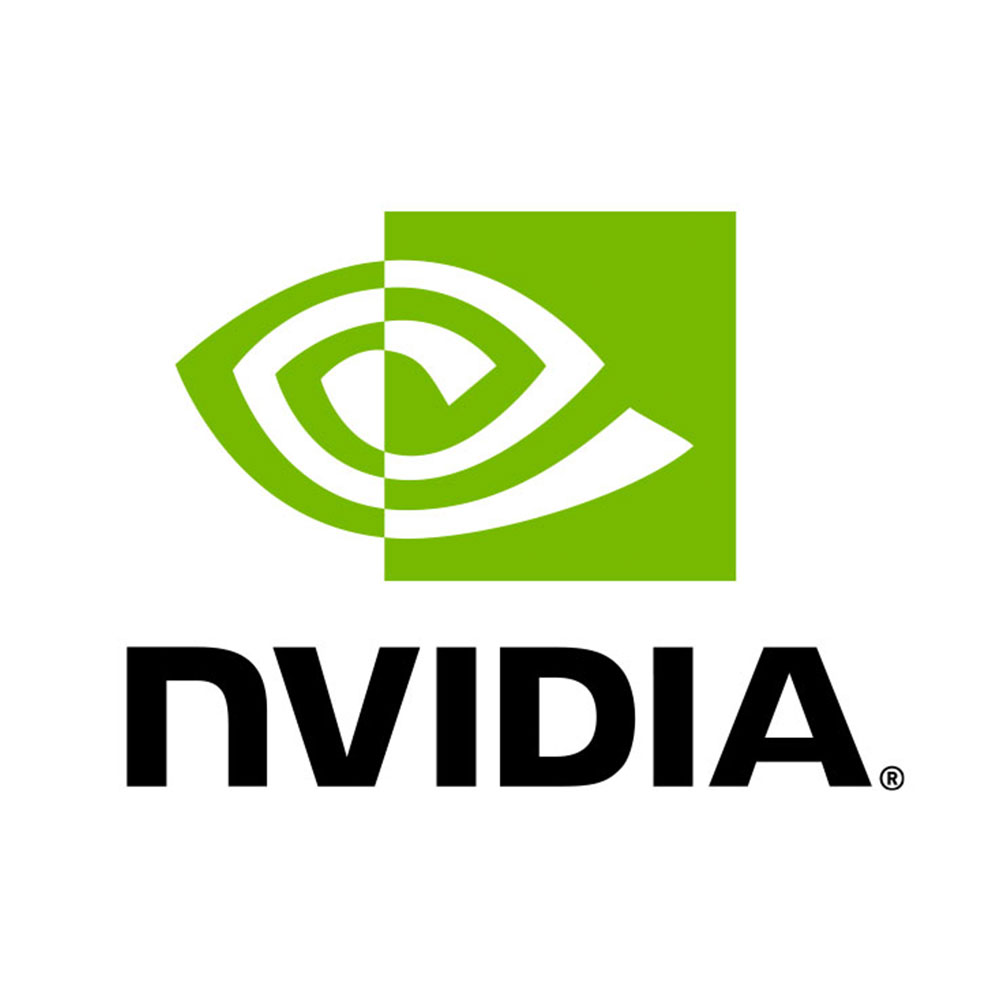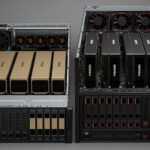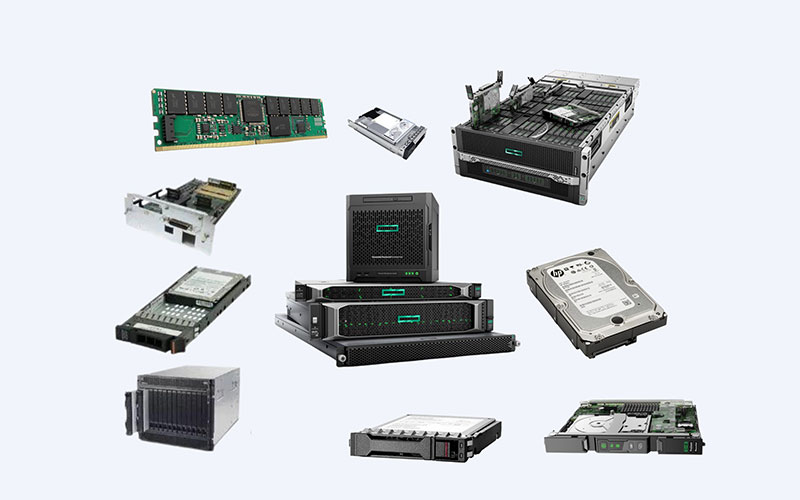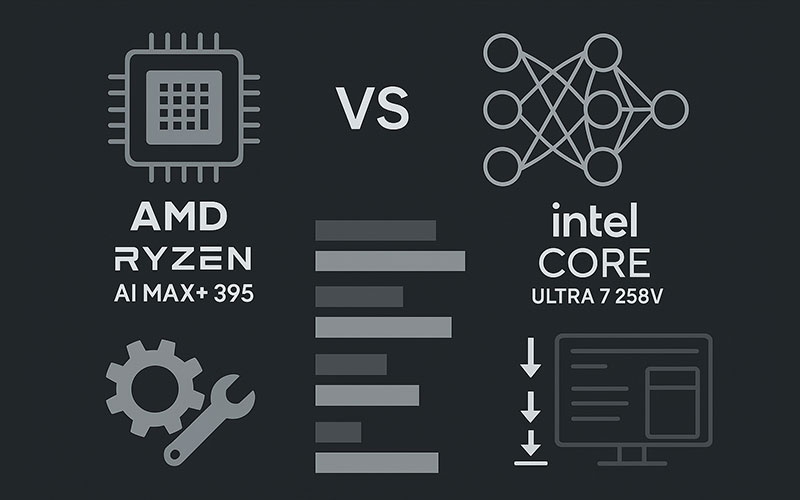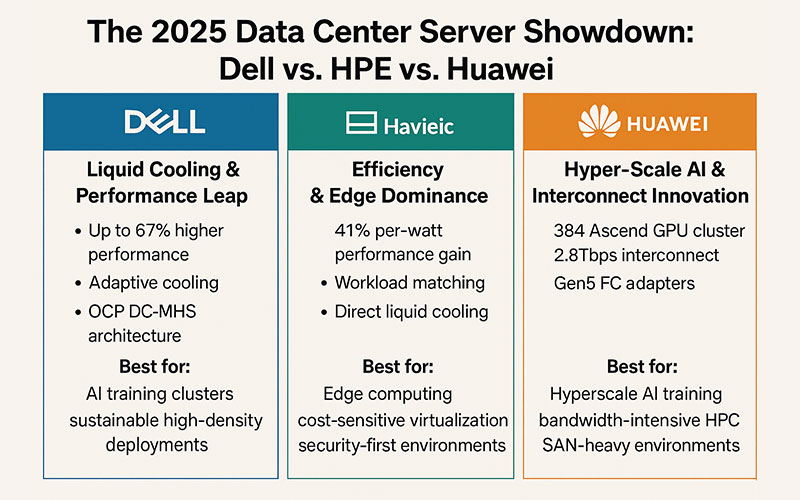In the era of digital transformation, servers form the backbone of enterprise IT infrastructure. Their performance and reliability directly impact business continuity. Choosing the right server hardware supplier requires careful evaluation of manufacturers and their core components. Here’s a strategic guide:
I. Critical Selection Criteria
Technical & Business Alignment
- Workload Type: Virtualization, AI/ML, HPC, databases, or general applications?
- Performance Needs: CPU cores, RAM bandwidth, storage IOPS/throughput, network speed (10/25/100GbE).
- Scalability: Future expansion plans for CPUs, RAM, storage, or GPUs.
- Reliability: Redundant power/fans, hot-swap drives, fault-tolerant features.
- Efficiency: Power/thermal design (e.g., 80 PLUS Titanium PSUs, liquid cooling).
- Management: Remote tools (iDRAC, iLO, XClarity) and integration capabilities.
Supplier Capabilities
- Reputation & Stability: Market share, financial health, industry track record.
- Support: Warranty (NBD on-site), 24/7 global/local SLAs, expert technicians.
- Supply Chain: Delivery timelines, inventory transparency.
- Customization: Tailored configurations for specialized workloads.
- Ecosystem: Certifications for OS (Linux/Windows), hypervisors (VMware/Hyper-V/KVM), and cloud platforms.
Cost Analysis
- TCO > Initial Price: Factor in power, cooling, maintenance, and scalability over 3–5 years.
- ROI: Align performance gains with business outcomes (e.g., faster AI training, higher VM density).
II. Top Server OEM Brands Compared
| Brand | Key Strengths | Ideal For |
|---|---|---|
| Dell | Broad PowerEdge portfolio, global support, OpenManage suite, VMware integration. | Mainstream enterprises, virtualization |
| HPE | ProLiant reliability, Silicon Root of Trust, InfoSight AIOps, GreenLake as-a-service. | Mission-critical apps, HPC, hybrid cloud |
| Lenovo | High-value ThinkSystem servers, Neptune cooling, agile XClarity management. | HPC, data-intensive workloads, TCO focus |
| Supermicro | Extreme customization, ODM partnerships, GPU/accelerator-rich architectures. | AI/ML, hyperscale, specialized deployments |
| Others: Cisco (UCS unified networking), Huawei (FusionServer AI/ARM solutions), ODM white-label (cost-sensitive scaling). |
III. Core Component Brands: The Hidden Foundation
Your server’s reliability and performance depend on these critical parts:
CPUs
- Intel: Xeon Scalable – Broadest software optimization.
- AMD: EPYC – Core density & PCIe lanes for HPC/virtualization.
- Supplier Tip: Ensure platform supports future CPU generations.
GPUs
- NVIDIA: H100/A100 for AI training, L40S for inference/vDI.
- AMD: Instinct MI300X for alternative AI/HPC.
- Key Check: Verify thermal/power design for multi-GPU configurations.
Motherboards
- OEM-designed (Dell/HPE/Lenovo) or Supermicro/Tyan for ODM solutions.
- Focus: PCIe 5.0 lanes, DDR5 support, NIC integration (Intel/Broadcom), power delivery.
Memory
- Samsung/SK Hynix/Micron: DRAM chips.
- Kingston/Micron: Certified modules.
- Critical: ECC RDIMM/LRDIMM support for data integrity.
Storage
- HDD (High-Capacity): Seagate Exos, WD Ultrastar.
- SSD (Performance):
- NVMe: Samsung PM1743, Micron 6500 ION, Kioxia CD8.
- SATA/SAS: Intel D7-P5510, WD Ultrastar DC.
- Requirement: Demand DWPD (Drive Writes Per Day) specs for workload endurance.
IV. Supplier Evaluation Checklist
- Component Transparency: Exact brands/models of CPU, SSD, GPU, etc.
- Certification: Vendor-validated compatibility for all parts.
- Lifecycle Support: 5–7 years of firmware/security updates.
- TCO Simulation: Include power/cooling costs for high-core/GPU setups.
- POC Testing: Benchmark real-world workload performance (e.g., VM density, AI ops/sec).
The Verdict
No “best” supplier fits all. Prioritize:
- Dell/HPE for global support and turnkey solutions.
- Lenovo/Supermicro for TCO-sensitive or specialized workloads.
- ODMs for large-scale, customizable deployments.
Always cross-verify:
- Component brands in your BOM (Bill of Materials).
- Real-world benchmarks matching your use case.
- End-to-end support SLAs.
Final Tip: Partner with suppliers offering workload-optimized configurations (e.g., NVIDIA-Certified Systems for AI, VMware HCI kits) to accelerate deployment.



